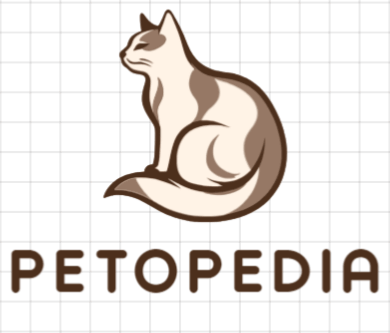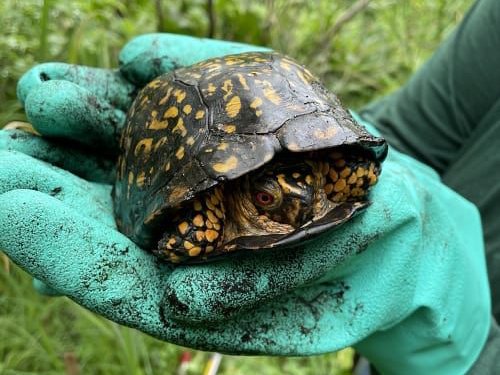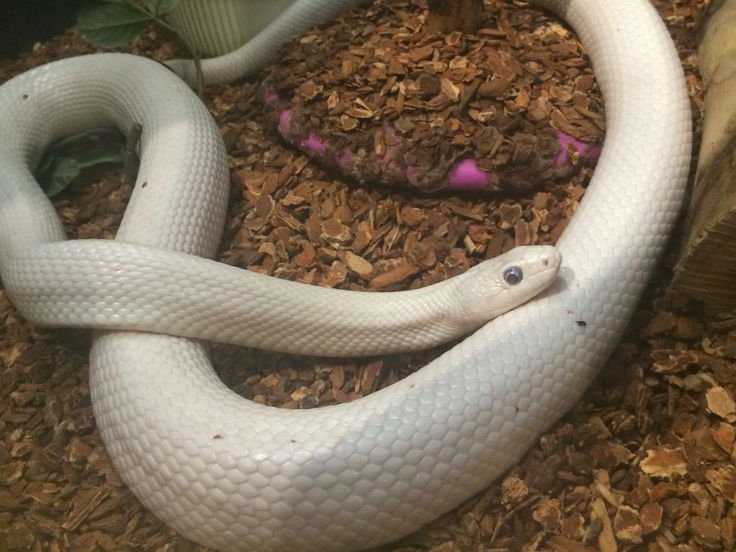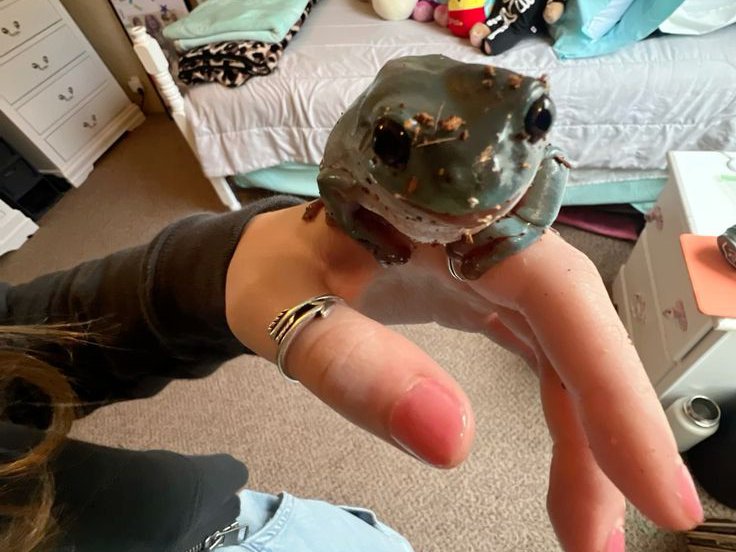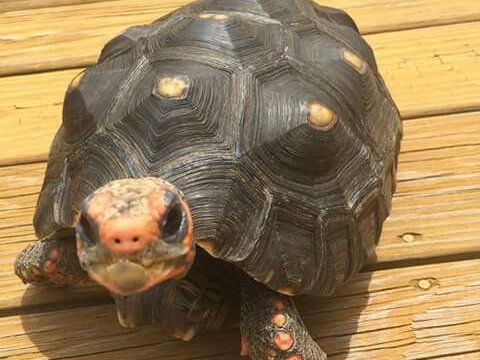The Gulf Coast Box Turtle (Terrapene carolina major) is the largest subspecies of the common box turtle. Known for its beautiful shell patterns and calm nature, it’s a popular pet for turtle lovers. Native to the Gulf Coast region of the United States, this turtle thrives in warm, humid environments and requires special care to stay healthy and happy.
If you’re considering a Gulf Coast Box Turtle as a pet or just want to learn more, this care guide covers its traits, natural habitat, and how to care for one properly.
Physical Traits
-
Size: Adult Gulf Coast Box Turtles can grow up to 8 inches in shell length, making them the largest box turtle subspecies.
-
Shell: Their domed shells are often dark brown or black with yellow or orange markings that vary widely.
-
Lifespan: With proper care, these turtles can live 30–50 years or more in captivity.
-
Behavior: They are generally shy but become more social with time. They may enjoy soaking in shallow water and exploring their space.

Natural Habitat
The Gulf Coast Box Turtle is native to areas along the Gulf of Mexico, including states like Texas, Louisiana, Mississippi, Alabama, and Florida. In the wild, they live in swamps, marshes, woodlands, and humid forests—places with soft soil, leafy ground cover, and access to fresh water.
Captive Care Requirements
To keep your turtle healthy, you need to recreate a habitat that mimics its natural environment:
Enclosure
-
Outdoor pens are best in warm, humid climates.
-
For indoor care, use a large terrarium (at least 40 gallons).
-
Include soil, mulch, or coconut fiber substrate to dig and burrow.
Temperature & Humidity
-
Daytime temperatures: 75–85°F (24–29°C)
-
Night: Not below 70°F (21°C)
-
Humidity: Keep at 70–90% using misting or damp substrate
Lighting
-
Provide UVB lighting for 10–12 hours a day to help with vitamin D3 production and shell health.
Diet
-
Gulf Coast Box Turtles are omnivores. Feed them a mix of:
-
Insects (worms, crickets)
-
Fruits (berries, melons)
-
Vegetables (dark leafy greens, squash)
-
Occasional cooked lean meats or commercial box turtle diets
-
Final Thoughts
The Gulf Coast Box Turtle is a hardy, beautiful reptile that does well in captivity with proper care. By providing the right habitat, diet, and environment, you can enjoy the companionship of this unique turtle for many years.
Learn More: wildlifehub.xyz
